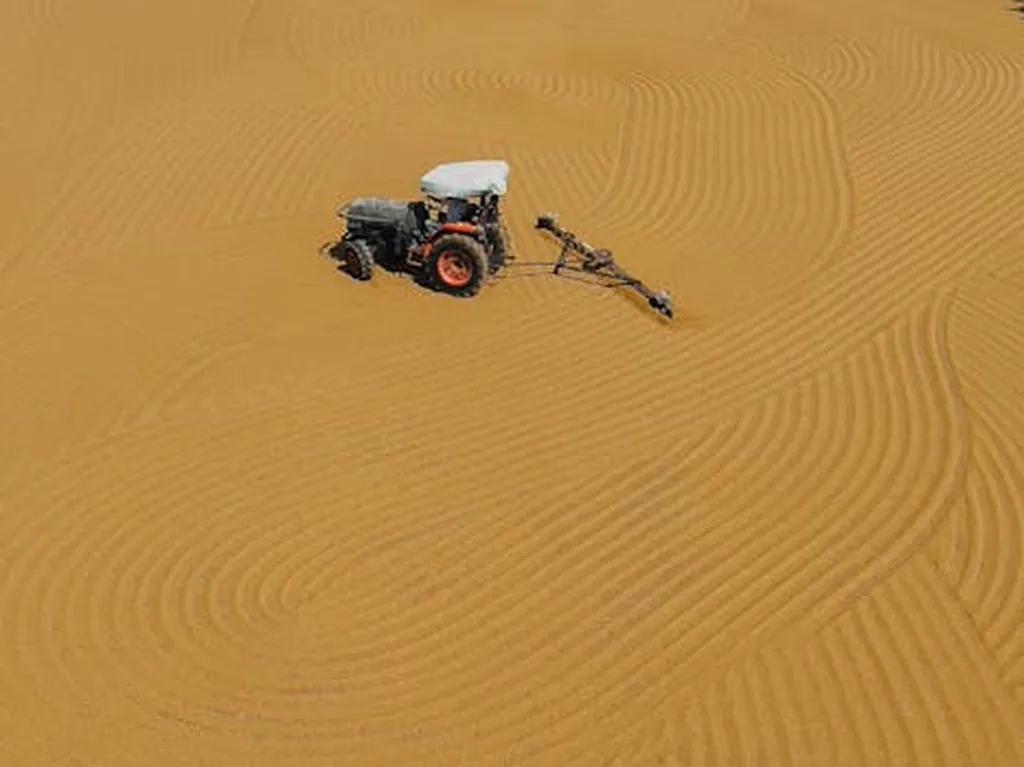In the quest to optimize agricultural productivity and sustainability, understanding the physical properties of soil is paramount. A groundbreaking study published in the journal *Agriculture* introduces a novel, non-contact method for estimating soil porosity, tortuosity, and pore radius using acoustic reflections. This innovative approach, developed by Stuart Bradley of Inverse Acoustics Ltd. in Auckland, New Zealand, promises to revolutionize soil analysis by offering a rapid, cost-effective, and non-intrusive solution.
Traditional methods for evaluating soil porosity often involve labor-intensive processes, either in laboratory settings or through the insertion of sensors into the soil. These methods, while effective, are not easily scalable and can disrupt the very soil they aim to analyze. Bradley’s research addresses these limitations by leveraging the strength of audio pulse reflections from natural soil surfaces.
“The key to this new integrated acoustic design is an extension of an existing theory for acoustic interactions with porous materials and rigorous testing of assumptions via simulations,” Bradley explains. The system is designed to be compact, inexpensive, and capable of rapid, non-contact sampling from a small, moving farm vehicle. This means that farmers and agronomists can gather detailed soil data without disturbing the soil structure or the surrounding environment.
The practical implications for the agriculture sector are substantial. By enabling detailed mapping of soil properties, this technology can guide land treatment and mitigation strategies. Farmers can identify areas with optimal soil conditions for planting, irrigation, and fertilization, leading to improved crop yields and reduced environmental impact. The system’s ability to operate at sampling distances of less than 1 meter with accuracies of around 1% makes it a powerful tool for precision agriculture.
Bradley’s research also considers the challenges presented by real agricultural soils, such as pasture and soil roughness. The system is designed to penetrate through pasture without significant losses and to account for soil roughness, ensuring accurate data collection even in less-than-ideal conditions.
The potential for commercial impact is significant. The study suggests that a practical, new operational tool of similar design should be readily manufactured. This tool would be inexpensive, compact, low-power, and non-intrusive, making it accessible to a wide range of agricultural operations. The audio processing capabilities can be integrated into existing technologies, such as mobile phones, further enhancing its practicality.
As the agriculture sector continues to evolve, the need for innovative, non-invasive technologies becomes increasingly apparent. Bradley’s research not only addresses current challenges but also paves the way for future developments in soil analysis and precision agriculture. By providing a detailed, non-contact method for assessing soil properties, this technology has the potential to shape the future of sustainable farming practices.
In a field where every detail matters, this breakthrough offers a glimpse into a future where soil analysis is as straightforward as capturing a sound wave. The implications for agricultural productivity, environmental sustainability, and economic efficiency are profound, making this research a significant step forward in the ongoing quest to optimize land use and crop yields.

